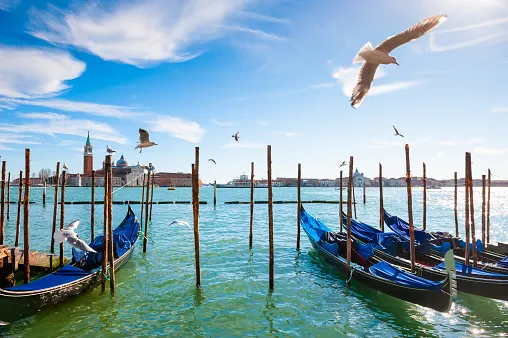
Venice canal runs clear as coronavirus lockdown halts pollution
The water is usually murky from the pollution that is created by cruises and unregulated boats
Water in the Venice canal is suddenly running clear after the COVID-19 outbreak caused tourism to come to a screeching halt.
The canal water is usually murky from the pollution that is released by cruise ships that sail into the Venice lagoon and bring millions of tourists each month.
Italy has been particularly hit hard by the COVID-19 outbreak and the entire country has been in lockdown since March 9 to slow the spread of the virus. Without the millions of tourists, the canal has seen a dramatic decrease in pollution, which has revealed fish that are hardly ever visible.
A report from the European Parliament in February 2019 stated that unregulated boats that are powered by diesel contribute to the “worrying” levels of pollution in both the air and water in Italy, as reported by Euronews.
Other strategies that are being used to slow the spread of the outbreak in Italy, such as working from home, have caused a dramatic decline in air pollution. This improvement in air quality can be seen from space and was documented by the Copernicus Sentinel-5P satellite, which is from the European Space Agency (ESA).
The satellite showed that nitrous oxide, a greenhouse gas that can be emitted during agricultural and industrial activities, began to sharply decrease in Italy from January throughout March.
“Although there could be slight variations in the data due to cloud cover and changing weather, we are very confident that the reduction in emissions that we can see, coincides with the lockdown in Italy causing less traffic and industrial activities," the ESA said in a press release.
China is the nation with the highest number of confirmed coronavirus cases and has also undergone a dramatic reduction in greenhouse gas emissions. The partial shutdown of many industrial activities has led to a reduction of more than 25 per cent of carbon dioxide emissions since the outbreak began compared to the same period in 2019. Nitrous oxide emissions have also decreased by nearly 36 per cent as fewer vehicles and power plants are operating.











